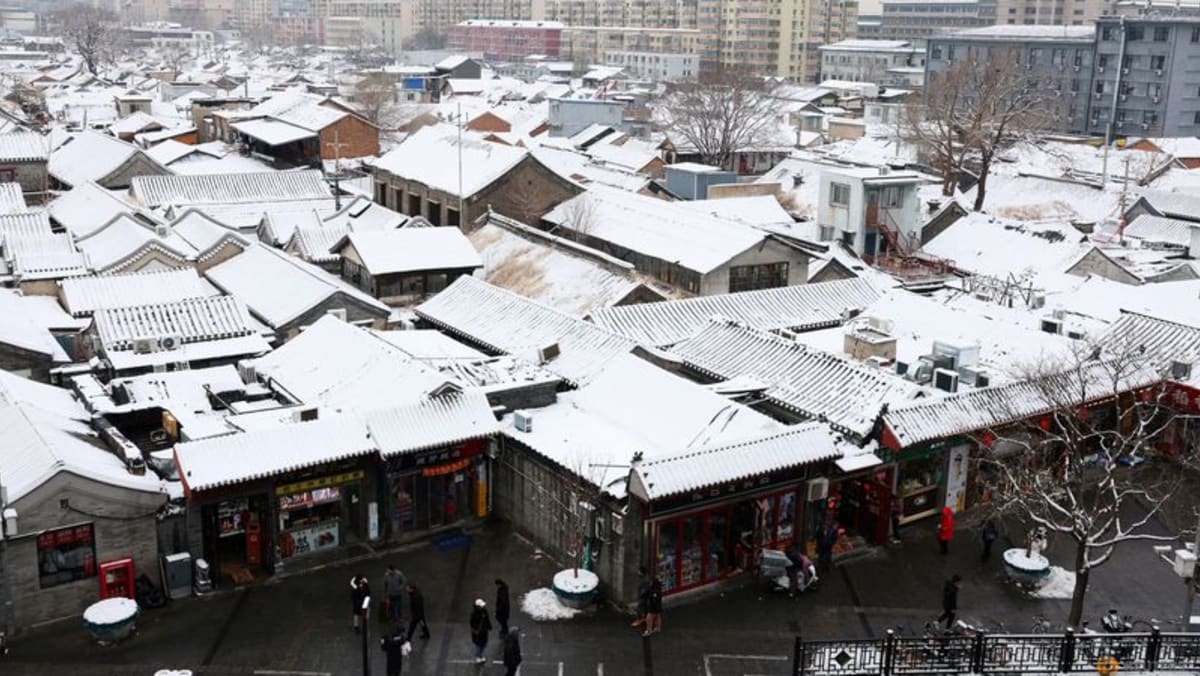Weakened polar vortex seen as likely culprit behind China’s big chill

BEIJING: The cause of a wave of bitingly cold air that swept into China and rewrote seasonal records for low temperatures may lie further north – a potential weakening in the wall of fast-moving air currents that normally hold back blasts from the Arctic.
With winds that triggered the highest warnings for gales from Chinese authorities, a powerful cold wave entered China via Xinjiang on Dec 13. It quickly headed east, encasing the Chinese capital Beijing in icy weather, and within a few days, crossed the Yangtze and brought rare snowfall to hilly regions as far south as Guangdong.
Cold winters are common in China. But the significantly lower temperatures and the longer duration of the current cold wave suggest a possible leak in the circular band of cold air moving around the Arctic, known as the polar vortex, which normally wraps closely around the North Pole and keeps the Arctic air from invading lower latitudes.
In recent years, meteorologists have blamed the buckling of the polar vortex, which moves at bullet-train speeds from west to east at altitudes of up to 50km, for the bitter cold that periodically descends on North America.
“Over the past 30 years, the Arctic Circle has experienced the fastest warming globally, known as the ‘Arctic amplification’ phenomenon,” said Shao Sun, a climatologist at the University of California, Irvine.
“Warming leads to a weakening of the polar vortex in the Arctic, making it easier for cold air within the vortex to move southward, contributing to the occurrence of cold wave events.”
Debate remains over whether such weakening in the polar vortex has become more common and the direct role played by global warming in the frequency of their occurrence. But researchers say global warming leads to more extreme weather events, including unusually cold spells during winter.
Severe cold waves are not contradictory to global warming, Sun said, but instead, show the climate system is becoming increasingly unstable, and climate forecasting based on regional averages or monthly averages is no longer accurate.
Source: CNA















